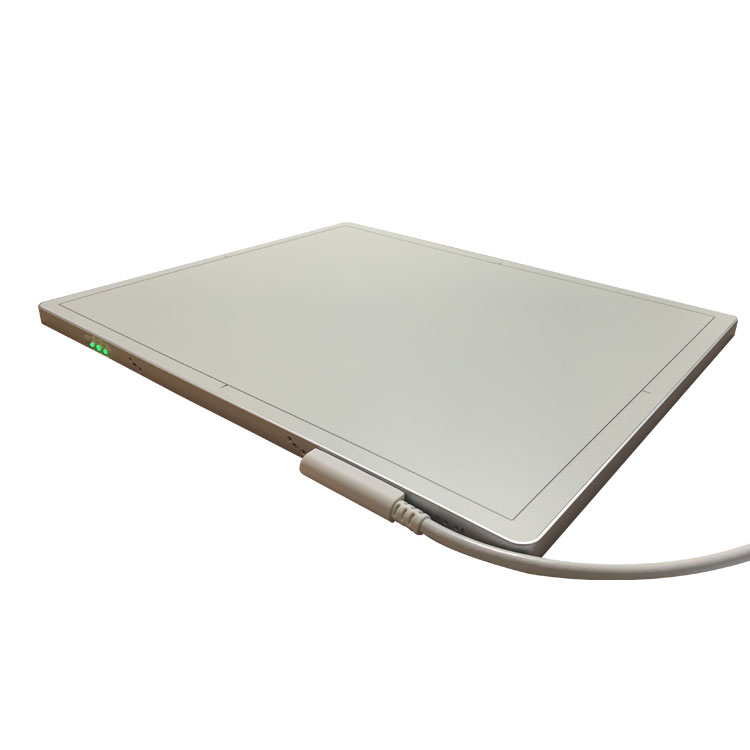The density of the x-ray flat panel detector affects the contrast of the image, and the spatial resolution affects the ability of the image to distinguish details.
Different types of x-ray flat-panel detectors should be selected according to different detection locations during shooting. The focus of chest examination is to observe and distinguish the density of different tissues, which requires high density resolution. In this case, it is recommended to use the DR of the amorphous silicon x-ray flat-panel detector, so that the density is relatively high, relatively high-quality images can be easily obtained, and it is more helpful for diagnosing the condition; for the examination of limbs, joints, etc., it is necessary to have Higher detail visualization and requirements for spatial resolution. Therefore, amorphous selenium x-ray flat panel detectors are used to obtain images with high spatial resolution.
At present, most manufacturers’ digital chest X-ray machines use amorphous selenium x-ray flat panel detectors. It is precisely because of the high spatial resolution requirements of chest x-rays that only amorphous selenium x-ray flat panel detectors can achieve the corresponding Require. Therefore, different types of x-ray flat-panel detectors result in differences in density and spatial resolution due to differences in materials, structures, and processes. (Density affects the ability to distinguish differences in tissue density; and spatial resolution affects the ability to distinguish fine structures.)
Currently, there is no x-ray flat panel detector with high density and spatial resolution, and a balance between the two is needed.

Author:Lillian
Tel:+86 18953679166
Email:service@newheek.com
Company:Weifang Newheek Electronic Tech Co., Ltd.